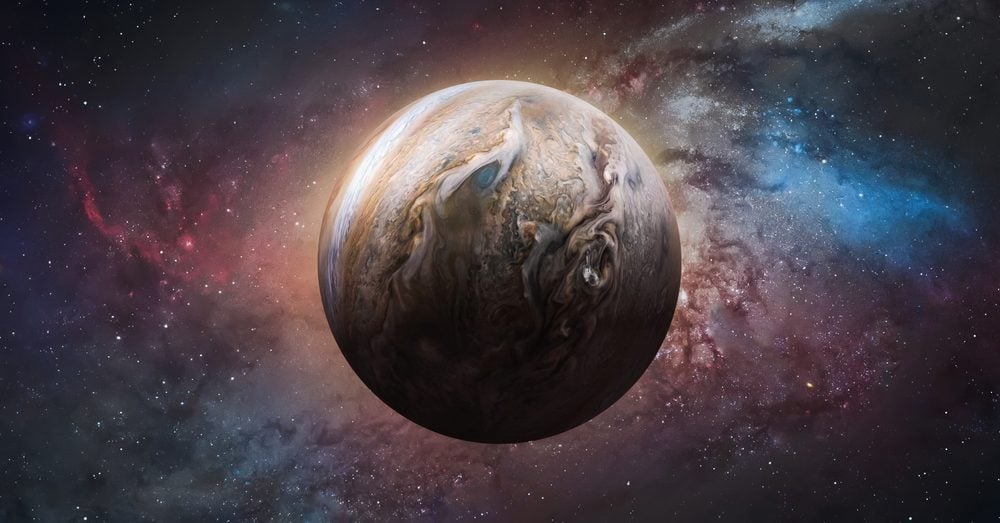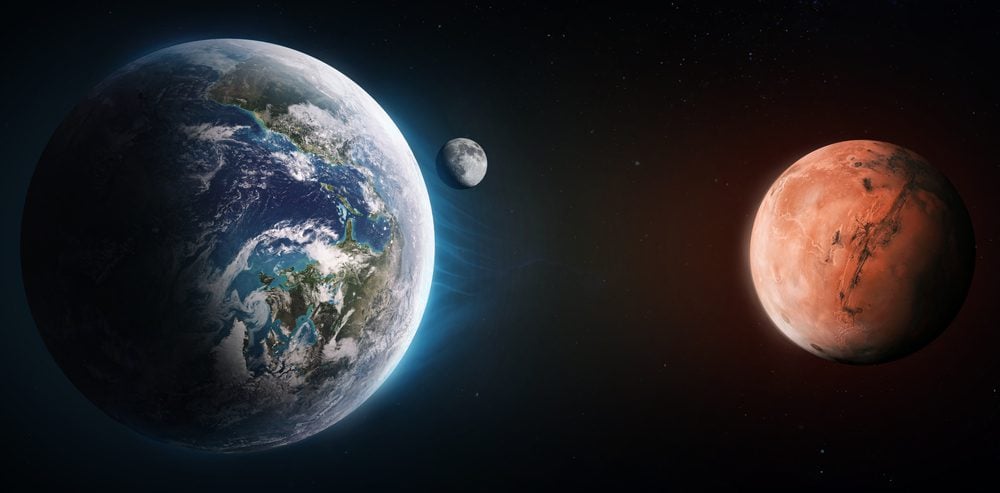What’s The Oldest And Youngest Planet?
Around 5 billion years ago, the Sun embarked on its journey from a fledgling fusion reactor, converting hydrogen into helium at its core to evolve into a radiant star. Encircled by a disk of diverse materials, primarily hydrogen from the nebula of its origin, alongside more intricate molecules, the cosmic ballet within this disk gave rise to frozen and dusty particles.

These particles intermingled and coalesced, forming gaseous chunks that may have detached from the cosmic ensemble. Amidst this entire process, the genesis of planets unfolded.
So, what’s the oldest planet?
Jupiter, the venerable patriarch of the Solar System, emerged as the initial celestial entity, potentially crystallizing within the initial 3 million years of the Solar System’s existence. Its colossal size, surpassing all its planetary kin, grants it a mass equivalent to 318 Earths. Remarkably, the barycenter between Jupiter and the Sun, the gravitational center around which Jupiter orbits, lies just beyond the Sun’s surface, accentuating its unique orbital dynamics.
Following Jupiter’s lead, Saturn, Neptune, and Uranus followed suit in the planetary formation saga. Yet, as Neptune and Uranus entered the scene, Jupiter and Saturn had already monopolized a substantial portion of the outer Solar System’s gaseous wealth. Within the Jovian system, where dynamic moons like Europa and Ganymede thrive, Callisto stands as a testament to antiquity, possessing the oldest surface in our cosmic neighborhood.
As the outer realms experienced planetary maturation, the inner Solar System hosted the emergence of four rocky planets and a diminutive dwarf planet. The rocky protoplanet, undergoing a prolonged incubation period of roughly 100 million years, materialized through the collisional dance of rocky bodies. Mars, the red-hued sibling, possibly attained its current dimensions swiftly, albeit with ambiguity regarding the precise period. Estimating the age of such solid celestial bodies usually relies on crater counts, but surfaces undergoing dynamic alterations complicate this methodology.
How about the youngest?
Intriguingly, the quest for the youngest planet in our celestial haven proves more elusive than identifying the oldest. Contemplating the planets’ imperative need for substantial mass and contemporary characteristics, Earth and Uranus emerge as contenders for cosmic juvenility.

Earth’s tumultuous past involves a colossal collision with Theia, a Mars-sized celestial entity, spawning the Moon roughly 4.5 billion years ago. The lunar consolidation transpired over approximately 200 million years while Earth’s transformative journey unfolded, birthing oceans and tectonic plates, potentially commencing around 3.6 billion years ago.
Meanwhile, Uranus, the cosmic oddball, encountered a planetary collision of its own between 3 and 4 billion years ago. This encounter with an Earth-sized counterpart disrupted Uranus’s internal equilibrium, inducing an axial tilt and resulting in a peculiar magnetic field. Determining the title of the youngest planet necessitates precise delineation, complicated further by nuanced definitions and potential controversies surrounding the term “planet,” reminiscent of the Pluto predicament.
